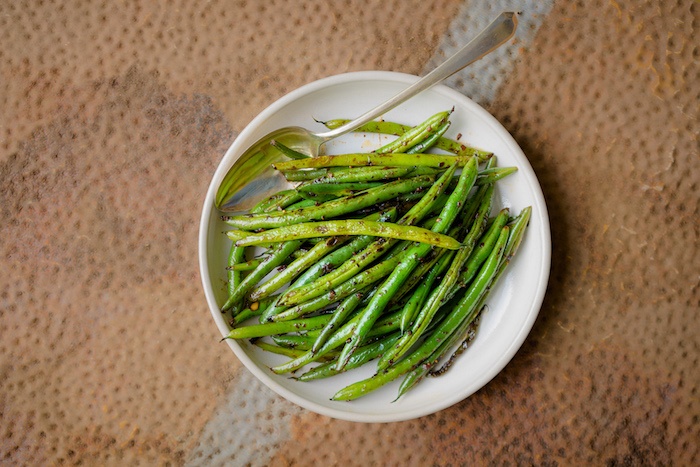With our daughter now an active participant at the supermarket, I’ve become more attuned to how companies entice kids to pick up their products (“look, Mommy . . . it’s ELMO!”). But it’s not just kids who are taken in by food labels. I walked up and down the supermarket aisles last week with a keen eye towards the promises beckoning me and I found that, for the most part, the bolder the proclaimed virtues, the less likely the product was to be good for me.
Take Reduced Fat Ritz Crackers, for instance. The green stripe at the bottom of the box draws my eye toward a sunny icon proclaiming these Reduced Fat Ritz to be a “sensible solution.” They have half the fat of original Ritz, no cholesterol and little saturated fat–more than enough to convince a busy shopper to lob that box into their cart and feel good about it. But let’s take a closer look at those claims—and the ingredients and Nutrition Facts—shall we?
No Cholesterol and Low in Saturated Fat– These claims typically appeal to those looking out for their cardiovascular health (and bravo to you for doing so!). Where it gets misleading is that dietary cholesterol has turned out to have much less effect on our bodies than previously thought; it’s the types of fat we consume, and their respective impact on LDL and HDL cholesterol, that matter. Saturated fat raises harmful LDL cholesterol, but it also raises helpful HDL, so the net effect isn’t too terribly awful. Trans-fats—identified either by grams in the Nutrition Facts panel or by the term “partially hydrogenated” in the ingredients list—are by far the worst type of fat because they raise LDL and lower HDL. So let’s flip the box over and see what’s there. The nutritional panel lists trans-fats at 0 grams, but a product can contain up to .5 grams of trans fats and still list the amount at 0, so I like to double-check the ingredients lists for partially hydrogenated oils. And there, right in the middle of the list, is partially hydrogenated cottonseed oil. Uh oh. So much for heart-healthy.
Half the Fat – True, at 2 grams per serving these Ritzes are half the fat of normal Ritzes, which weigh in at 4 grams. But what does that really tell us? If we’re concerned about the fat itself, we already know that these are made with a less-than-ideal type. And if we’re equating fat grams with whether or not they’ll make us fat, we’re looking in the wrong place. Calories (or more specifically, an excess of calories) cause weight gain, not total fat grams, and these Reduced Fat Ritz have 70 calories per serving—not bad, until you consider that a serving is only 5 crackers. Up that to a more realistic 10 and you’re looking at 140 calories, roughly 7% of an average “calorie budget” of 2,000 a day.
So here you have a snack with virtually no value for your body that gobbles up close to a tenth of your calorie budget for the day and includes a downright dangerous type of fat.
This is a sensible solution? For whom . . . us or Nabisco?
So what to do? First off, stop and ask yourself what you want to achieve. Are you trying to manage your weight? Are you trying to protect your heart? Are you trying to find healthy foods to feed your kids? Whatever it is you want to accomplish, take a moment to learn which factors really make an impact. Once you’re in the supermarket perusing the aisles, ask yourself why you’re drawn to a box. If you already know what you want from a food, you can evaluate how well a package’s claims stack up to your needs by examining the ingredients, Nutrition Facts panel and serving size. Best yet, if there’s an option to go whole—like this Make-at-Home Socca—choose that over any package.
In any case, when you're cruising the aisles, it's best not to judge a box by its cover.















